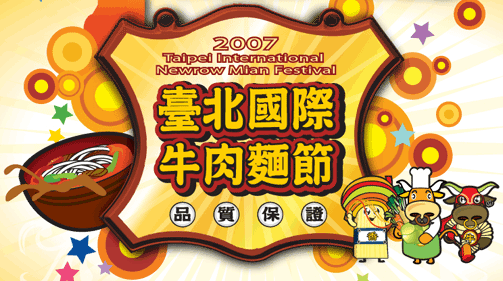One of the myths about Chinese characters is that for each character there is One True Way and One True Way Only for it to be written, with a specific number of specific strokes in a certain specific and invariable order. Generally speaking, characters are indeed taught with standard stroke orders with certain numbers of strokes (the patterns help make it less difficult to remember how characters are written) — but these can vary from place to place, though the characters may look the same. Moreover, people often write characters in their own fashion, though they may not always be aware of this.
Michael Kaplan of Microsoft recently examined the stroke data from standards bodies in China for all 70,195 “ideographs” [sic] in Unicode 5.0 and compared it against “the 54,195 ideographs for which stroke count data was provided by Taiwan standards bodies” to see how how much of a difference there was in the stroke counts for the characters that both sides provided data for.
(I’m a bit surprised the two sides have compiled such extensive lists, and I’d love to see them. But that’s another matter.)
He found that 9,768 of these characters (18 percent) have different stroke counts between the two standards, with 9,045 characters differing by 1 stroke, 675 characters by 2 strokes, 44 characters by 3 strokes, 2 characters by 4 strokes, 1 character by 5 strokes, and 1 character by 6 strokes.
Note: This is about stroke counts of matching characters, not about differing stroke counts for traditional and “simplified” characters — e.g., not 國 (11 strokes) vs 国 (8 strokes).
So, is this a case of chabuduoism, or of truly differing standards? The answer is not yet fully clear; but be sure to read Kaplan’s post and the comments there.
sources and additional info:
- How bad does it need to be in order to be not good enough, anyway?, Sorting It All Out, November 22, 2007
- Chángyòng guózì biāozhǔn zìtǐ bǐshùn shǒucè (常用國字標準字體筆順手冊), standard stroke-order handbook for commonly used Chinese characters, Taiwan Ministry of Education

